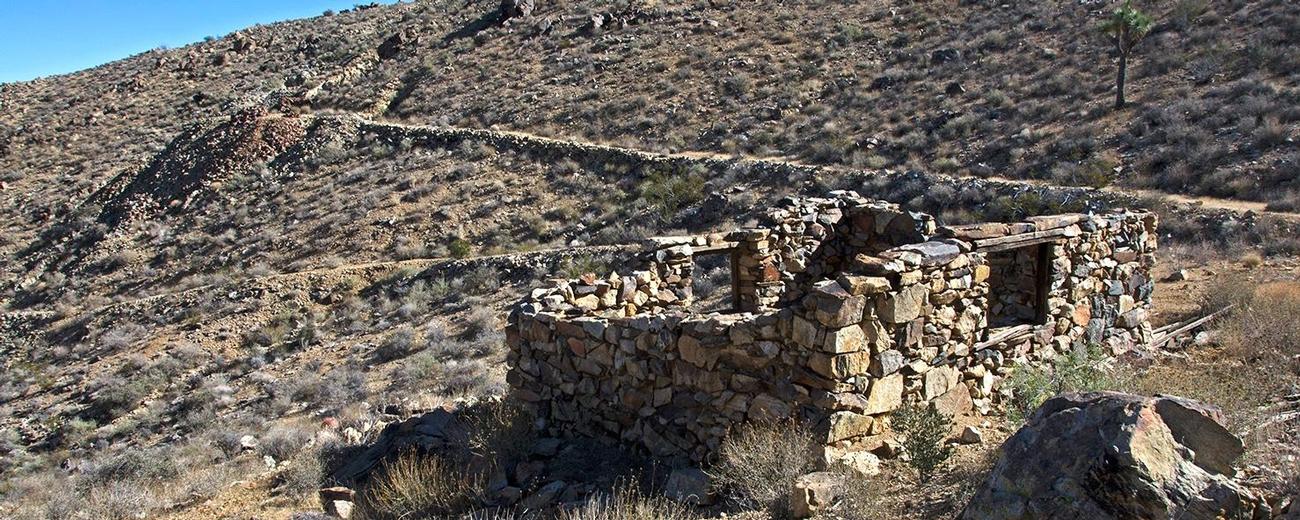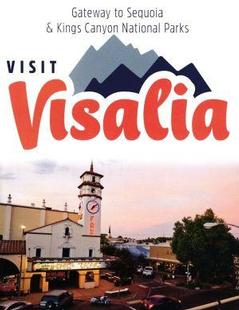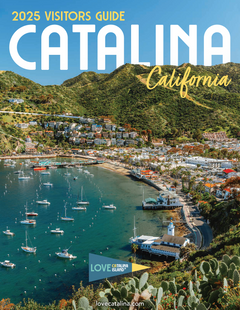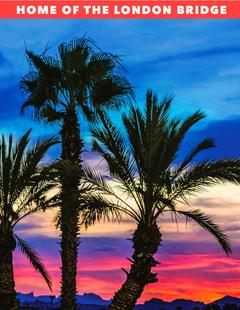Joshua Tree National Park protects two unique desert climates in south central California. In the eastern part of the park, the low altitude Colorado Desert features natural gardens of creosote bush, cactus and other plants. The higher, moister and cooler Mojave Desert is the exclusive home of the Joshua tree, a unique desert plant with beautiful white spring blossoms. A third type of environment can be seen at the six palm oases in the park, where water occurs naturally at the surface and creates a whole new ecosystem.
In addition to desert flora and fauna, the western part of Joshua Tree National Park includes some of the most interesting geologic displays found in California's deserts. Rugged mountains of twisted rock and exposed granite monoliths testify to the tremendous earth forces that long ago shaped this land. Hikers, climbers, mountain bikers and owners of high-clearance vehicles can explore these craggy formations on a series of signed dirt roads that penetrate the park.
Nine campgrounds and three visitor centers are available for park visitors, as well as a number of well-marked short walks with informative signage. Ranger-guided walks and tours of geologic and historical sites offer an more in-depth introduction to the park.
Joshua Tree National Park is located in south central California, about 125 miles east of Los Angeles and just east of Palm Springs.





















